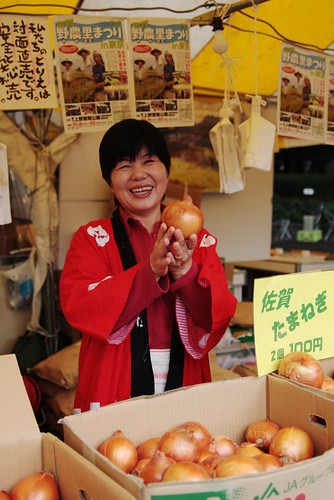
Customers should feel as relaxed as spending a day at the beach
While browsing various blogs, websites and news feeds today, I was suddenly hit by a thought. What if we make it more enjoyable for our customers to transact and purchase from us? In other words, improve the quality of their time spent with us.
As many would have heard, time is often more precious than money. You can’t buy a day, an hour or even the second that has slipped by. As the saying goes “Carpe Diem!” or “Seize the Day!” goes, one doesn’t want to waste precious discretionary time doing something utterly boring, meaningless or frustrating. The best way to avoid the ravages of time – at least to your consumer – is to offer an experience that is so compelling and “magical” that they no longer remember that they are spending their precious days of leave spending hard earned cash on you.










